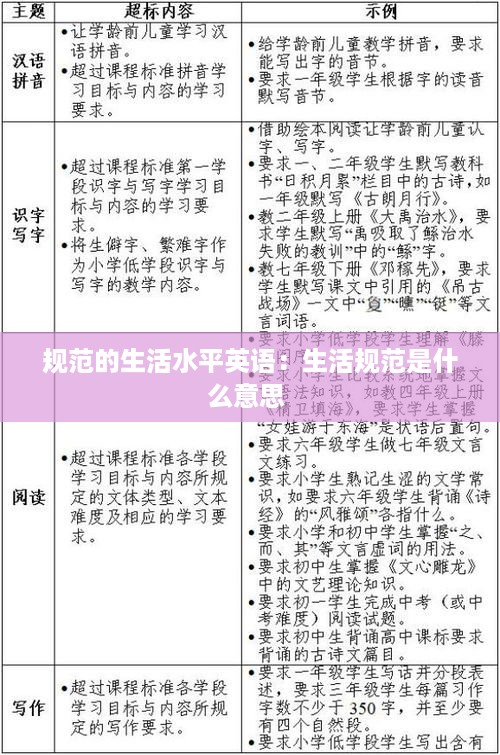Understanding the Concept of a Standard of Living
A standard of living refers to the level of comfort, wealth, material goods, and necessities that a person or community can afford. It is a measure of the overall well-being and quality of life that individuals experience. The concept of a standard of living is multifaceted, encompassing various aspects such as income, employment, housing, education, healthcare, and access to leisure activities.
Components of a Standard of Living
Several key components contribute to determining an individual's or a community's standard of living. These include:
Income: The amount of money a person earns is a fundamental indicator of their standard of living. Higher income levels generally allow for greater access to goods and services, which can improve quality of life.
Employment: Secure and stable employment opportunities are crucial for maintaining a high standard of living. They provide not only financial security but also a sense of purpose and social status.
Housing: Adequate and affordable housing is essential for a comfortable lifestyle. This includes safe and habitable living spaces, access to utilities, and proximity to amenities such as schools, healthcare facilities, and public transportation.
Education: Access to quality education is vital for personal and economic development. It equips individuals with the skills and knowledge needed to secure better employment opportunities and contribute to society.
Healthcare: Availability and affordability of healthcare services significantly impact a person's standard of living. Good health allows individuals to lead productive lives and enjoy a higher quality of life.
Leisure and Culture: Access to leisure activities, cultural events, and recreational facilities enriches one's life and contributes to a higher standard of living.
Measuring a Standard of Living
Measuring a standard of living is a complex task due to the various factors involved. Several methods and indicators are used to assess this concept:
Gross Domestic Product (GDP): GDP is a broad measure of a country's economic output and is often used as an indicator of the overall standard of living. However, it does not capture the distribution of wealth or the quality of life.
Human Development Index (HDI): The HDI is a composite index that takes into account life expectancy, education, and income levels. It provides a more comprehensive view of a country's standard of living.
Poverty Rates: The percentage of the population living below the poverty line is a critical indicator of the standard of living. Lower poverty rates suggest a higher standard of living.
Consumer Expenditure Survey: This survey measures the average amount of money spent by households on goods and services, providing insights into the standard of living.
Global Variations in Standard of Living
The standard of living varies significantly across different regions and countries. Factors such as economic development, political stability, and cultural values play a significant role in shaping these variations:
Developed Countries: Countries with high GDP per capita, such as the United States, Germany, and Japan, generally have a higher standard of living. These countries offer access to quality education, healthcare, and a wide range of leisure activities.
Developing Countries: Countries in the process of economic development, like China and India, have seen significant improvements in their standard of living over the past few decades. However, disparities in wealth and access to essential services still exist.
Least Developed Countries: Countries classified as least developed, such as those in sub-Saharan Africa, often struggle with extreme poverty, inadequate infrastructure, and limited access to education and healthcare.
The Role of Government and Policy
Government policies and interventions play a crucial role in shaping the standard of living within a country:
Economic Policies: Governments can influence the standard of living through fiscal and monetary policies that promote economic growth, job creation, and income distribution.
Social Safety Nets: Establishing social safety nets, such as unemployment benefits, healthcare subsidies, and housing assistance, can help protect individuals from falling into poverty and improve their standard of living.
转载请注明来自无忧安证,本文标题:《规范的生活水平英语:生活规范是什么意思 》









 蜀ICP备2022005971号-1
蜀ICP备2022005971号-1
还没有评论,来说两句吧...